The first Japanese person to study beer brewing in Germany
Seventeen year-old Seibe Nakagawa left his native home of Niigata and made his way to Yokohama, and from there to England in 1865. He then traveled to Germany, where he met with Shuzo Aoki (then foreign minister), the representative for students abroad. Aoki encouraged him to undertake a course of training at the Fürstenwalde plant of the Berlin Beer Brewery. Beer artisans in those days had a very strict schedule, with virtually no time off.
-
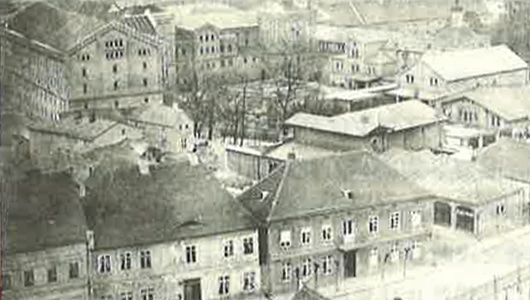
The Fürstenwalde plant of the Berlin Beer Brewery.
Image courtesy Museum Fürstenwalde -

Seibe Nakagawa -

Shuzo Aoki
Returning home to Japan with certificate in hand
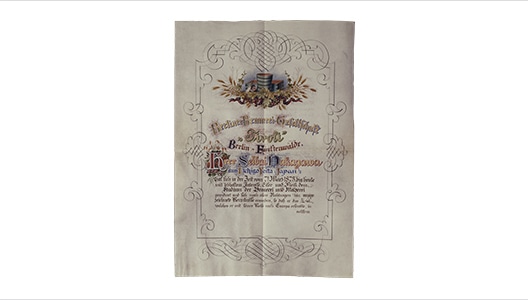
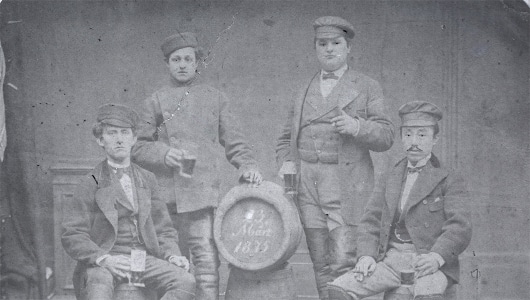
In May of 1875, his 26 month training concluded. The certificate Nakagawa received from the Berlin Beer Brewery read, “From March 7, 1873 to the present, you demonstrated ardent interest and enthusiasm and diligently committed yourself to the brewing of beer and malting research, obtaining advanced knowledge in all aspects of the above and achieving your goals in Europe. We consider it an honor and pleasure to have helped train a talented and diligent youth from abroad, and while it pains us to see him leave, we pray for his future success and happiness.” Nakagawa returned to Japan in August with certificate in hand. It was the first time he had been back to Japan in ten years.
A landmark to the construction of the beer brewery in Sapporo
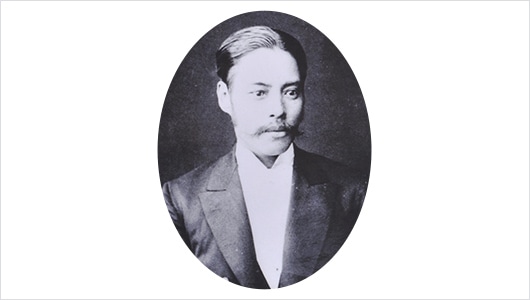
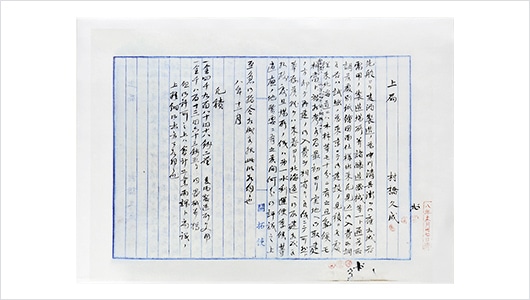
In August 1875, the administrative government had resolved to build a beer brewery in Tokyo and then relocate it to Hokkaido if the project was successful. However, Hisanari Murahashi, who was in charge of construction of the brewery as a government clerk, spoke with Seibe Nakagawa about brewing and was convinced of the need for ice to achieve proper low-temperature fermentation and aging of beer. For this reason, he harbored some doubts about the proposal to build in Tokyo. In December of the same year, Murahashi circulated a memo proposing that the brewery should first be built in Hokkaido, given its ample snow and ice. This spurred the upper echelons of the government to change course and build in Hokkaido.
The government-owned beer brewery opens for business

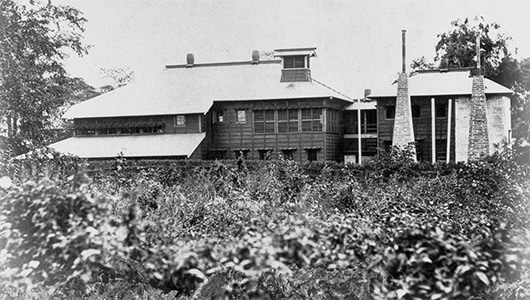
In June of 1876, the government appointed Seibe Nakagawa to the plant at the recommendation of Shuzo Aoki, and construction began. In September, the Kaitakushi Beer Brewery was completed. This marked the start of Sapporo Beer. The brewery was a two-story wooden building with 860 square meters of floor space. The total cost was over 8,348 JPY, which in today’s money would be 100M JPY. This is a commemorative photograph taken when it opened for business. The piles of beer barrels are inked in white text that reads: “Ceremony: combining barley and hops yields a spirit called ‘beer’.”
Producing beer using local Hokkaido ingredients


Kuroda, director of the new Hokkaido administrative government, was advised by Horace Capron, who was consulting for the government, that the soil in Hokkaido was suited to production of barley. He thus ordered the cultivation and use of local barley for beer. This would be the start of the company’s commitment to selective breeding and contracted cultivation of barley. Yet things would not prove quite so easy. The administrative government experimented with cultivation of barley at test farms as early as 1872, but they struggled to find a strain suited to the climate. The crop failed to achieve stable quality and yield. Finally, in 1880, they were able to locally produce the entirety of the barley needed. In 1877, a hops plantation was built in Sapporo and efforts began in earnest. Yet for several years, the majority of the seedlings planted dried out. After much trial and error, in 1881, they were finally able to locally produce in Hokkaido all of the hops needed by the Kaitakushi Beer Brewery.